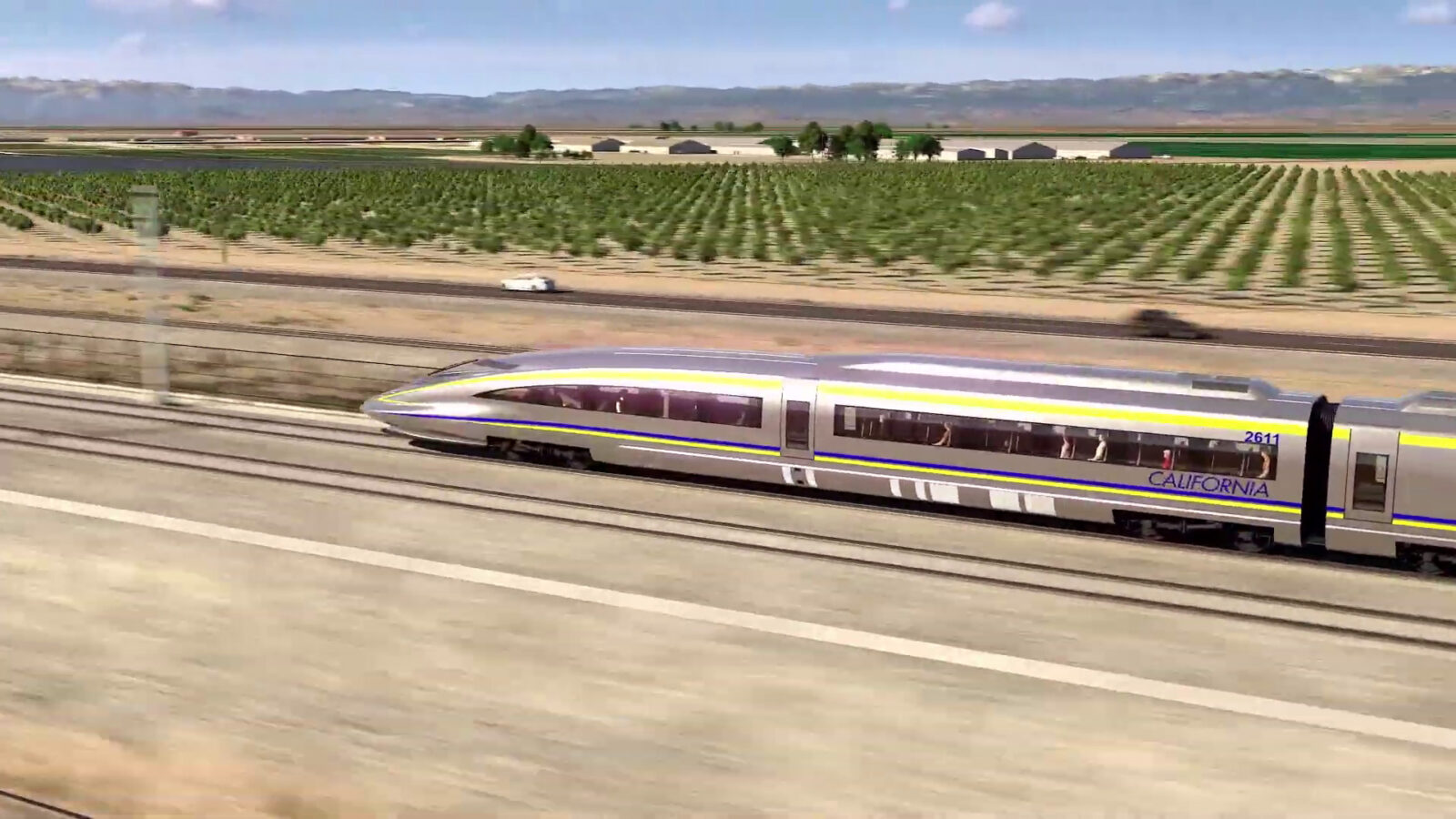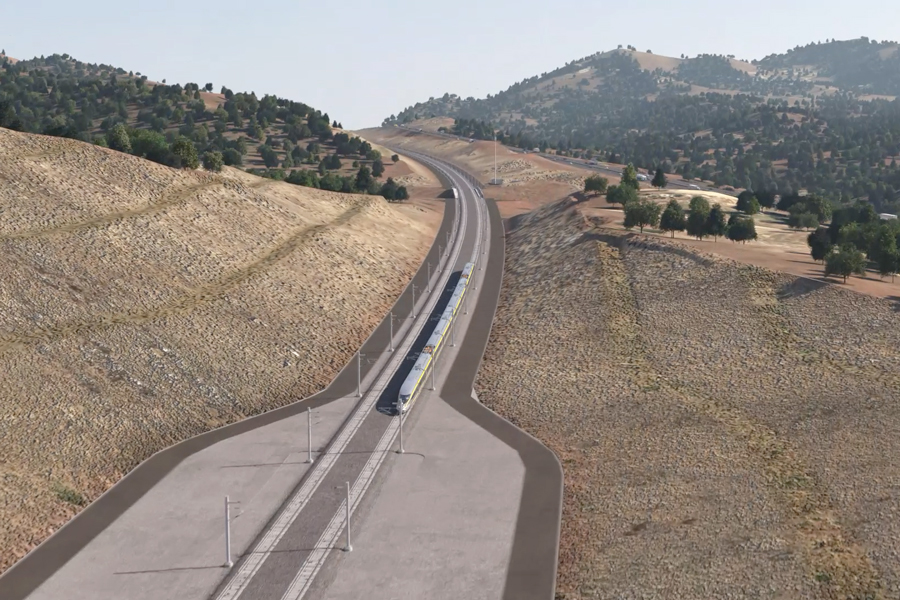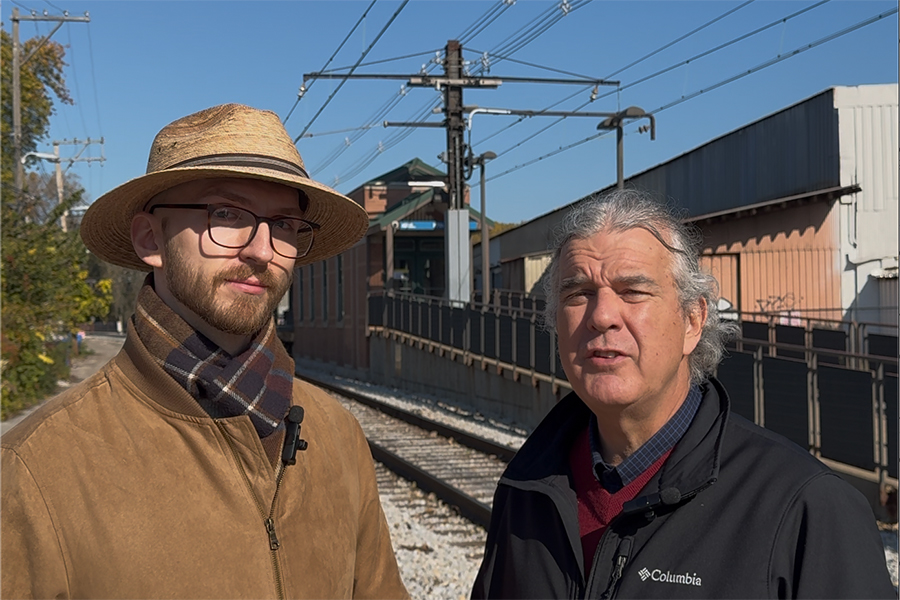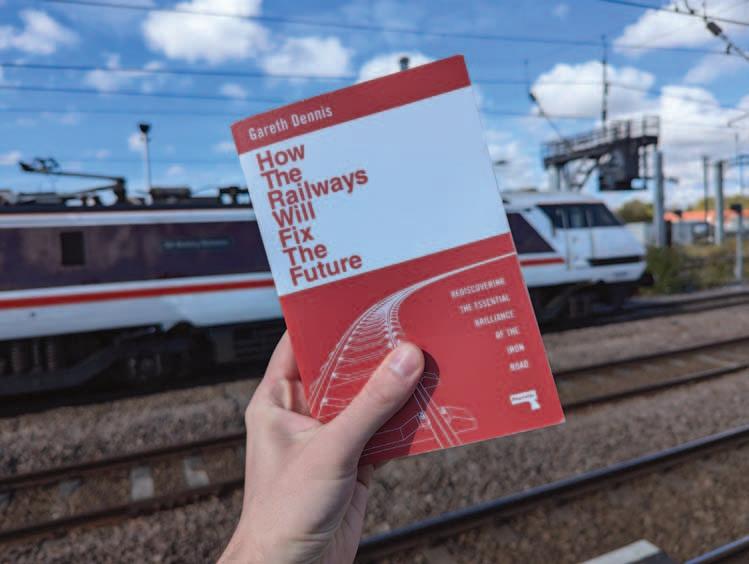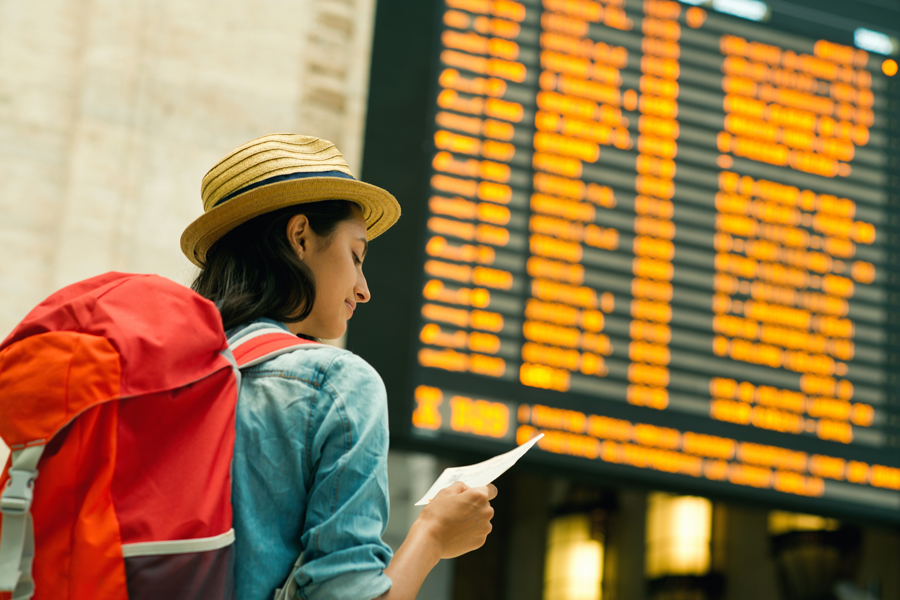More Amtrak equipment, California tunnels, Corridor ID on the list The movement to develop a great train network in the United States made undeniable gains in 2025: Illinois passed transit legislation worth $1.5 billion a year, which not only will continue to fund...
Guest blog by Chris Jones
At any given moment, there are thousands of people cruising on 200mph electric high speed trains. Since the launch of Japan’s Shinkansen in 1964, high speed rail has expanded to over twenty countries around the world. Meanwhile in the United States, cars remain the required means of getting just about anywhere and air travel reigns supreme for most distances beyond 300 miles. Cities like Los Angeles and San Francisco have been growing their transit networks to combat increasing congestion, but still lack a robust transit system between them. This is where high speed rail comes in, and California being the perfect place to test the proof of concept in the US.
Los Angeles and San Francisco sit roughly 380 miles apart and are home to a combined 15.8 million people, with an additional four million living in the southern Central Valley. The flight between the two main airports, LAX and SFO, is the second busiest in the country with over 35,000 flights in 2019. The flight takes just 75 minutes, but that doesn’t include getting to, from, and through the airports, while the drive on Interstate 5 takes about six hours without traffic. The current rail options are Amtrak’s daily Coast Starlight which takes roughly twelve hours, and several daily San Joaquin trains which take nine including a bus bridge between Bakersfield and LA. A high speed rail line between LA and SF via the Central Valley will connect six of California’s ten largest cities in under three hours at speeds of up to 220mph.
Critics will tell you the whole thing is a ‘boondoggle’ and seem adamant on shutting it down before it gets the chance to prove itself. They only see the enormous price tag and how long it’s taking, yet fail to acknowledge the benefits high speed rail will provide based on what it’s done elsewhere. More than just a fast train connecting several cities, high speed rail can be a major economic boost for the regions it serves. By providing a convenient, frequent, and affordable option to travel throughout the state, people may be more inclined to visit places along the route, as well as live in affordable Central Valley housing and commute to work in the Bay Area or LA via a one-hour train ride instead of a two to three-hour drive.
Another argument some critics have made is that the money for high speed rail would be better spent on new dam construction to address our state’s water needs. It’s undeniable that California is experiencing a serious water crisis, with the current reservoirs far below capacity. Building new dams won’t solve that though and would potentially do more harm than good, namely environmental. Getting out of this crisis will take significant water conservation efforts while better maintaining our existing dams, as well as curbing our greenhouse emissions to help prevent human-caused climate change from getting any worse. Climate change which is resulting in gradually less snowpack each year and thus less annual water refilling the reservoirs.
High speed rail, powered by renewable energy, will help do that. By eliminating tens of thousands of annual car trips and flights, we’ll reduce our demand for fossil fuels and subsequently lower emissions. Electric vehicles and planes will someday do that too, but they’ll still face many of the same problems like traffic jams and airport delays, plus neither can match the capacity or efficiency of high speed rail. High speed rail is being built now, and we simply cannot afford to keep waiting. Shutting it down to wait for maglev or hyperloop makes no sense either, as one only has a few existing examples and the other is still a prototype, and both would be far more expensive than conventional high speed rail.
America has historically been a nation of large-scale projects that helped make us a global superpower. We’ve built railroads and highways that crisscross a continent, and even sent humans to the moon in under a decade, so what does it say about America today if we can’t build something much of the world has enjoyed for decades? Let’s take a moment to look at the bigger picture, and imagine in 20 years which $100 billion investment we’ll be more satisfied with. Do we remain stuck in our status quo of perpetually adding more freeway lanes and expanding airports, both of which are finite and short term solutions that could cost more long term with far less long term benefits, or do we finally build a 21st century alternative that will provide increased connectivity by bringing regions closer together, and has been proven numerous times to be an enormously beneficial one?
Let’s show the world America can still get big things done, and finish California’s high speed rail project. It’s the first major step toward building for tomorrow, not just today. Once trains start running at over 200mph, many will wonder how we ever lived without it. Cars will never go away, nor should they, but they shouldn’t be required for long-distance travel, just as planes shouldn’t for distances within a day’s drive. We must relearn how to challenge convention and break today’s mold for something better. It’s how progress has always worked, and what it’ll take for America to stay competitive in the 21st century. It begins by finishing what’s started, and right now that’s California High Speed Rail.
About the Author
Chris Jones is an advocate for high speed rail and better public transportation. He resides in Irvine, California and has been a railfan since he can remember, namely from exploring the various rail lines around Southern California. While his passions may lie more in the history and preservation of the trains of yesteryear, he does have a fascination with the fast-paced modern freight and passenger trains of today, and especially the concept of high speed rail.
The Latest from HSRA
Our Latest Blog Posts
Check out the latest news, updates, and high speed rail insights from our blog!
